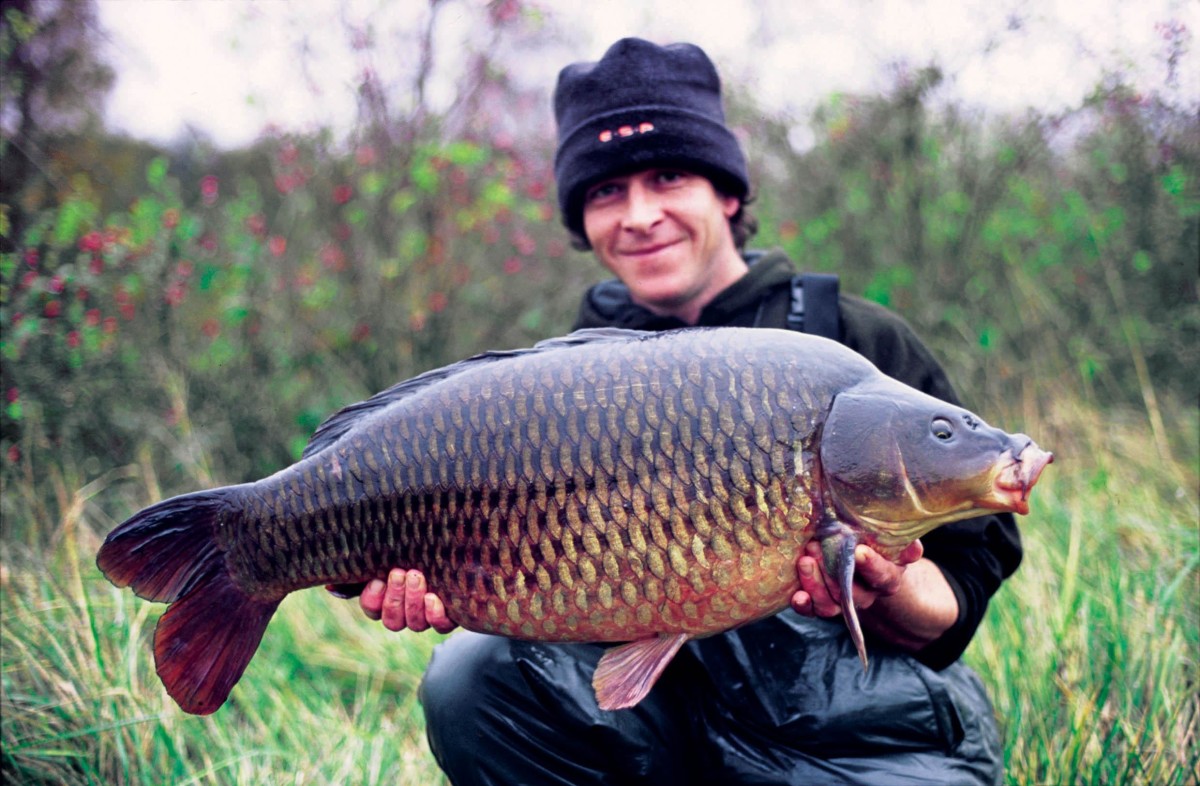
Terry Hearn Q&A Part 1
We take a look through the archives today with Terry's first tactical interview piece back in 2005
Terry, can you tell us at what point did you decide to solely focusing on catching large carp?
“It was the Yateley times; no, thinking about it, I always have. There’s always been a target fish, even when I think back to the Diana Pond, then the target fish were The Original, The Big Common, The Scattered, The Nineteen, and Pedro. They all weighed 16, 19, 21 and 24lb and they were the targets, but it’s all relative on the grand scheme of things; it was in the mid-80’s and they were big fish at the time. I’ve always fished like that really; after the biggest one. But I suppose seriously, for the real big ’uns, it was Yateley and probably Bazil from The North Lake.”
How has your approach for catching these big carp changed over the years? What have you improved on the most?
“Location in a word.”
When you’re fishing for these known big fish, do you literally sit in their known capture swims, even if there are fish showing else where on the lake?
“No. I can’t help but fish on the fish. Everything I do, is based towards that big one I’m after. Normally you’re chasing a big fish that lives in a lake with a low stock of carp, because it’s not often you’ll be fishing a lake for a big ’un where there’s another 100 fish in there, normally it’s low stock, maybe a dozen or twenty carp in the lake. In which case they’re normally all together, so if you do see them showing, then it’s worth getting on them.
“However, on some lakes, like where I’m fishing at the moment, there’s 40 or 50 carp and I have found myself staying in an area because that’s where I think the big ’un lives; that’s his den, that’s where he likes to go. So, yes on that particular lake, I have ignored fish showing elsewhere. It also depends on how long you’ve been on the lake and whether you’ve caught the other fish already or not.
“Nigel Sharp is a good example for fishing Burghfield. He’s been fishing on here for three or four years, he’s caught pretty much everything apart from the Big Common, so Nige ignores fish all the time, but in his situation he has to.”
Large carp do obviously have areas where they spend a lot of time and seem to only get caught from that one or two spots, but do you think they do actually travel around the lake but just don’t feed in other areas?
“Without a doubt. When you notice it mostly on lakes that aren’t fished a lot. When a lake starts getting heavily fished and there are anglers in every swim, fishing it all the time and over the years the fish just get used to the pressure. That’s when you start learning all the spots around the pond, because literally everywhere is fished. I’m a firm believer that there’s always somewhere on the lake every 24hrs where your target fish is likely to pass over and be caught. They feed all over the lake.”
Why do you think carp jump, roll, crash, etc.?
“I think normally because they’re happy. There are loads of different reasons and no doubt all the same reasons that you would of hear a hundred times, but I just normally think because they’re happy fish.”
But are there different ways of crashing/jumping out that make you think they’re feeding?
“No, not really. The way I judge if they’re feeding or not, is if they show over the same spot two or three times over the course of half-an-hour, then it’s almost a cert that they’re going to be feeding on the spot. Quite often you can get them head and shoulder and they’re gone! I had this on the lake I’m fishing now back in November. From the top of a tree I actually saw the big ’un head and shoulder. When I first saw it coming up through the water I didn’t realise it was the big ’un until it broke the surface and turned from a grey colour to an orangey chestnut! There was a big plume of bubbles and then it righted itself and swim off up the lake. If I’d seen that from the bank I’d have been running around, reeling a rod in to chuck to it, but little do you know that it’s gone off up the pond.”
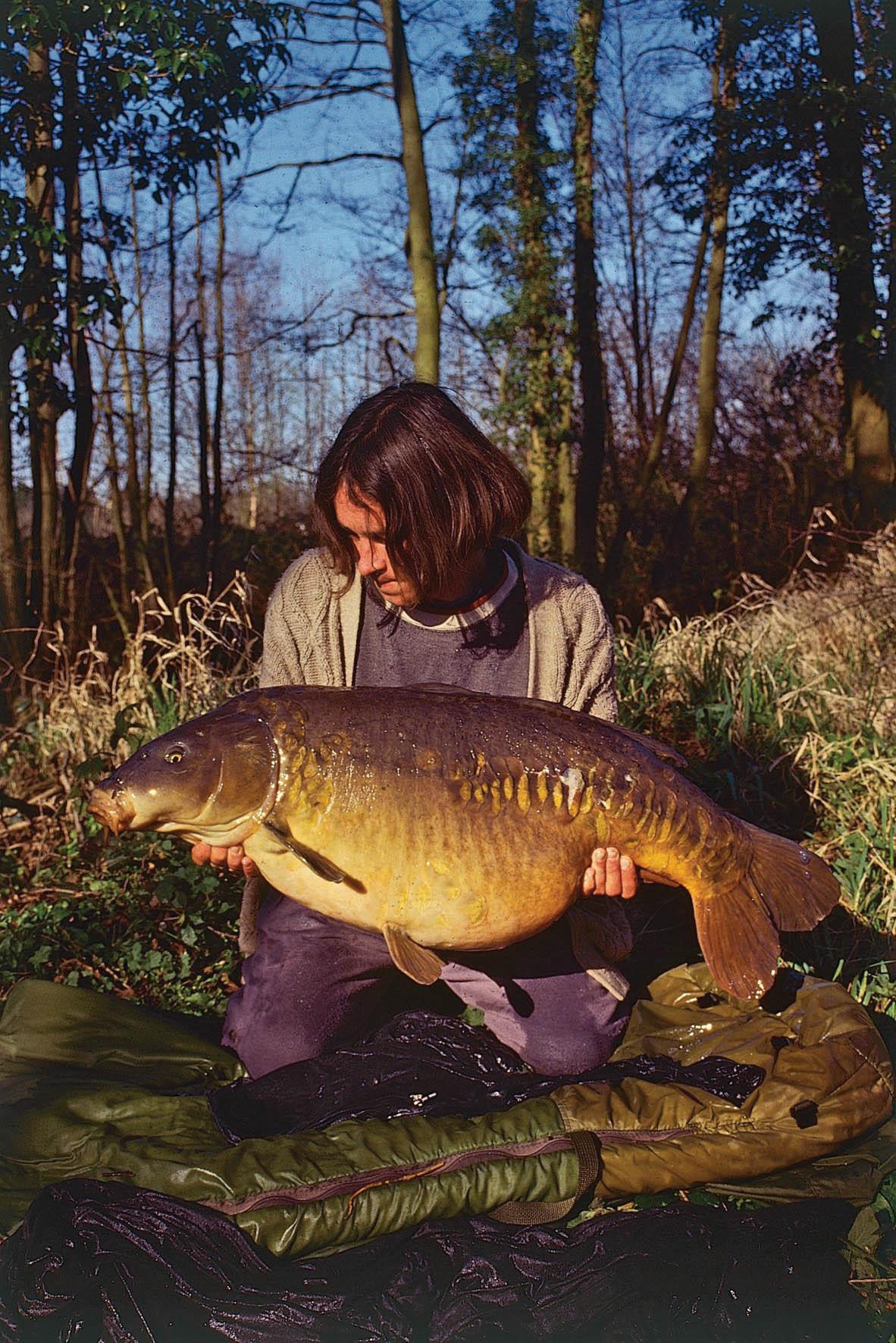
Have you ever seen your target fish crash out and then you’ve wanged a bait to it and caught it minutes/hours/days later from that spot?
“Funny enough that happened last September. I was fishing a lake called Sheepwalk which is a gravel pit of about 35-acres and at one end there are two islands with a channel running between the two. Now that is a real good area when it’s sunny and I’d found the big ’un in this particular area. I set-up just on dark but at first light the following morning I’ve woken up and looked out to the two islands and seen this big set of rings coming away and although I hadn’t seen the fish, but without a doubt it was the big fella.
“I put a bait out there, just a bottom bait, and pinged a few boilies around it and then set about setting my traps in the margins. I then saw the big fella swim from the gap in the islands over to where I was and it was feeding. To cut a long story short, I ended up catching it from that gap and it was the Big Sheepwalk Mirror at 39lb 9oz. That was, without a doubt, the fish I’d seen jump from that spot at first light. It probably happens a few times when you think about it. The capture of a big ’un so often happens two or three days after a sighting of it in a particular area. It’s the biggest edge you’ve got – finding them.”
For you, Terry, as a Dynamite consultant, you will be using a bait from their range, but what if the target fish you’re after has been known to have a real liking for Mainline or Tails Up products in the past. How do you overcome that? Baiting heavily?
“To me, as long as they eat round balls it hasn’t ever made any difference. I think all the bait companies do good baits now and if the fish are on to boilies, then you’ll catch them on Dynamite, Mainline, Nash, Tails Up, whatever. Obviously the people who have established their bait best, who has got most going in, are always going to have an edge, but all of those bait companies do good baits. If I go on a lake and it’s heavily Tails Up or Mainline it wouldn’t bother me in the slightest, I’d just carry on with my normal thing.”
On the subject of bait, you seem to stick with one bait and that’s it. Do you have an preference in size and what other background feeds will you use?
“Over the last couple of winters I went through a phase of thinking it was worth changing the bait for the winter months, but more recently, especially this winter, you don’t use a lot of bait in the winter, well I certainly haven’t been, and my results have been fine. I’ve just been fishing singles. If I’m going to be introducing bait at this time of year, I do like to use the 10mms and I like them softer than normal, I don’t like them too tough. Summer months it doesn’t bother me at all, I’ll use 16 or 18mms, most of the time 16mms. I like my 10mms, my pellets, hempseed as my background feed.”
So you like a mixture, but when will you just introduce boilies and not pellets, groundbaits etc.?
“I must admit, I’m a bit of a boilie angler. In a fishing situation, when I’m actually angling, I’ll be using boilies – I like my pop-ups and when I’m just fishing 15mmers and a scattering of 10mms I can get away with my pop-ups. If I’m fishing in the edge, that’s when I tend to use a bit of hemp and pellet, a bit more crumbed bait and that’s when I’ll use a bottom bait. But if I can get away with it, then I’ll put out whole 15mm baits and a kilo of them too. I think that is the best situation to hook a fish, especially the big ’uns.”
So why do you fish just boiled food out in the lake then, but you will apply some pellets and hemp in the edge? Is it just getting it out there the problem?
“Most of the time out in the lake it’s more likely to get eaten by other species, like the bream and the tench, but a kilo of 15mms and yes, the bream will eat them, but nowhere near as much as they would if I’d crumbed them up or introduced pellet. You can get away with pellets in the edge, because bream are shoal fish that like to live out in the deeper water; they don’t get in the edge so much.”
What is the ideal feature for you? What is the most appealing thing you could find out in the lake?
“Normally when I find an interesting feature it is usually because I’ve seen a fish show there. I’m not one for walking around and plumb and plumb and plumb, I normally plumb up after I’ve seen a fish show on an area. Not straightaway obviously, but once I think it has moved off. The most satisfying thing is when you’ve lined up an area where you’ve seen a fish show and first cast out, especially on a weedy lake, and the lead goes all the way down with a lovely big ‘bonk’! You can’t help but smile then, because you know that’s the spot. That to me is a very good spot.”
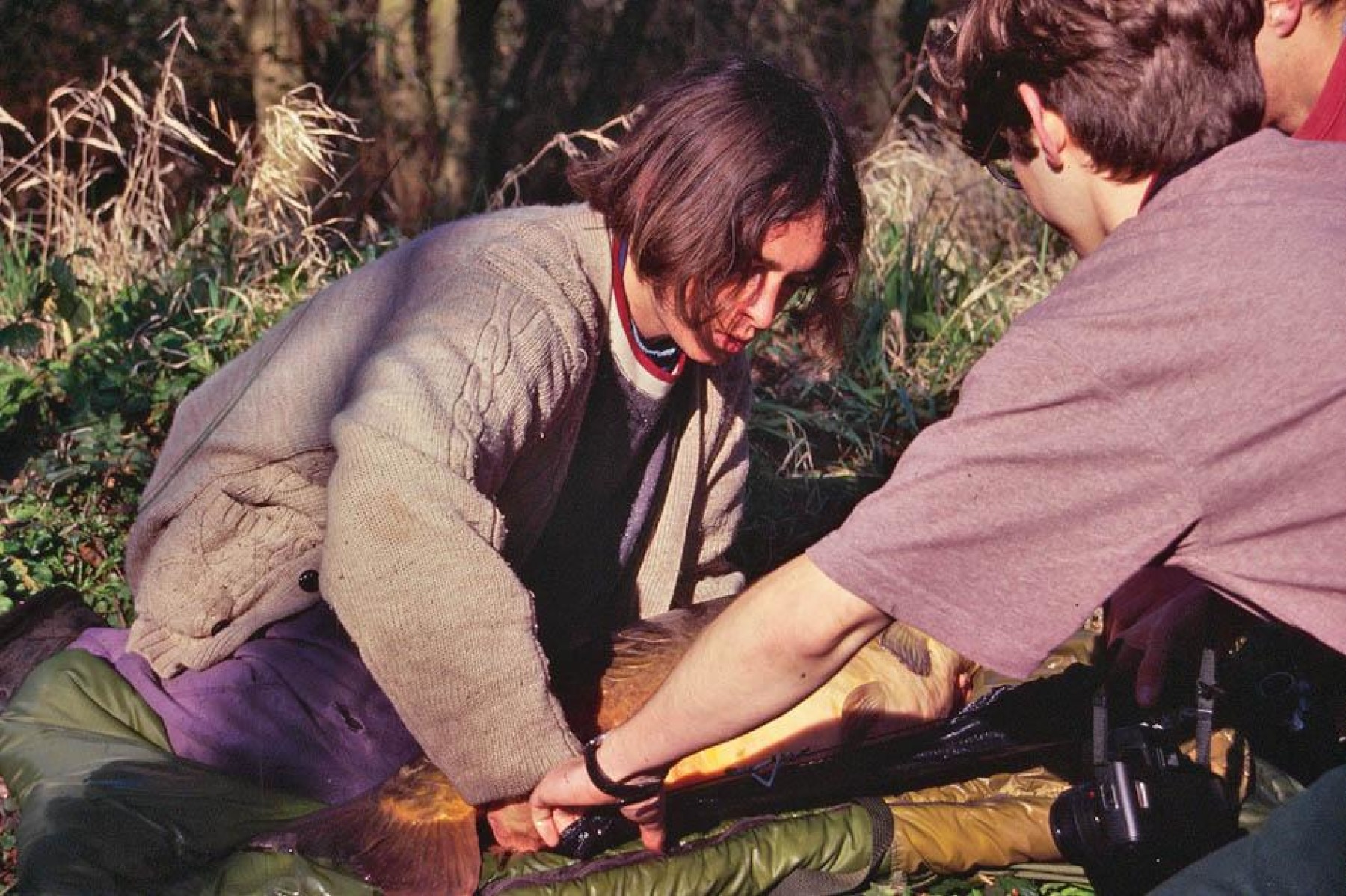
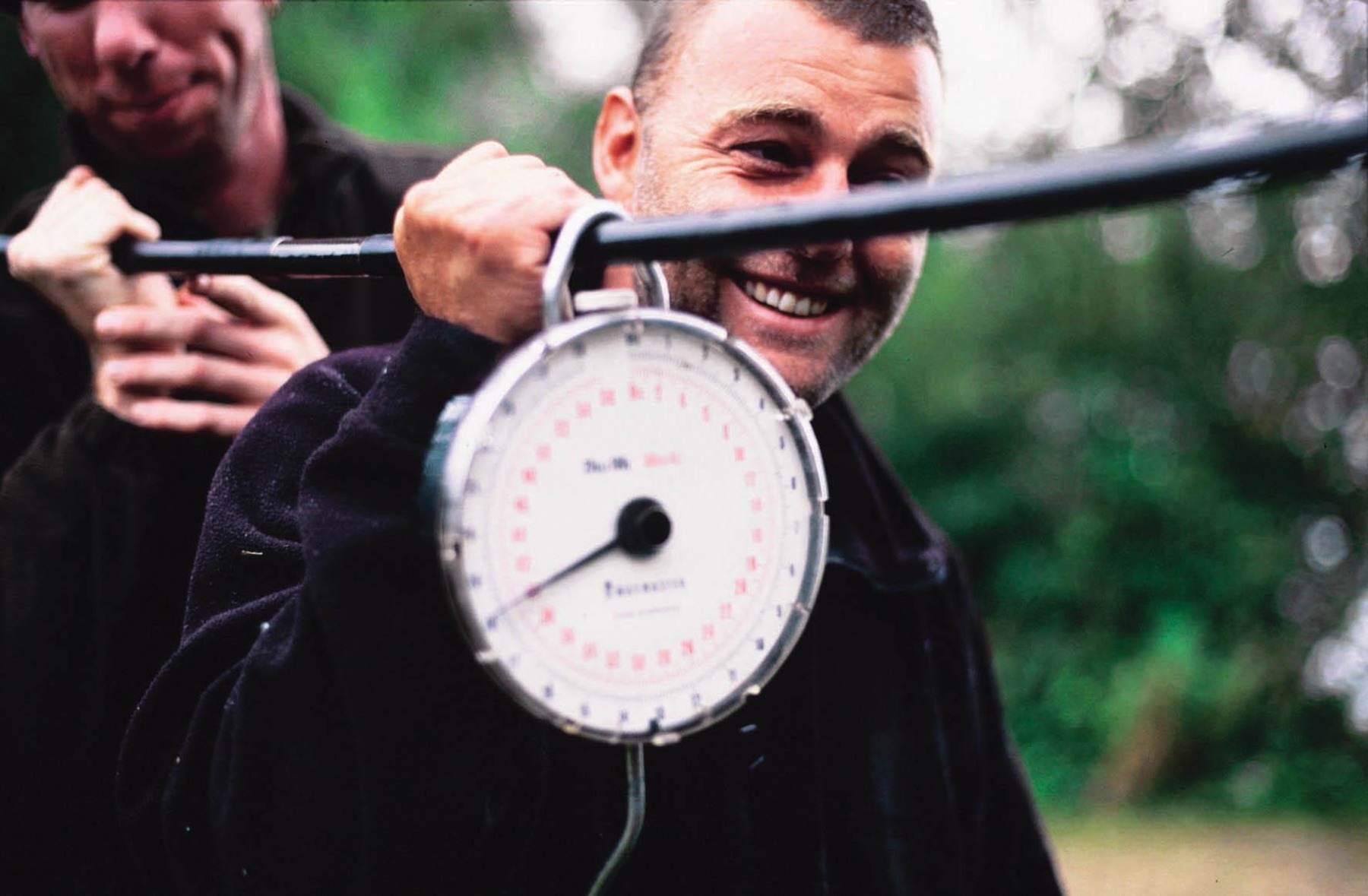
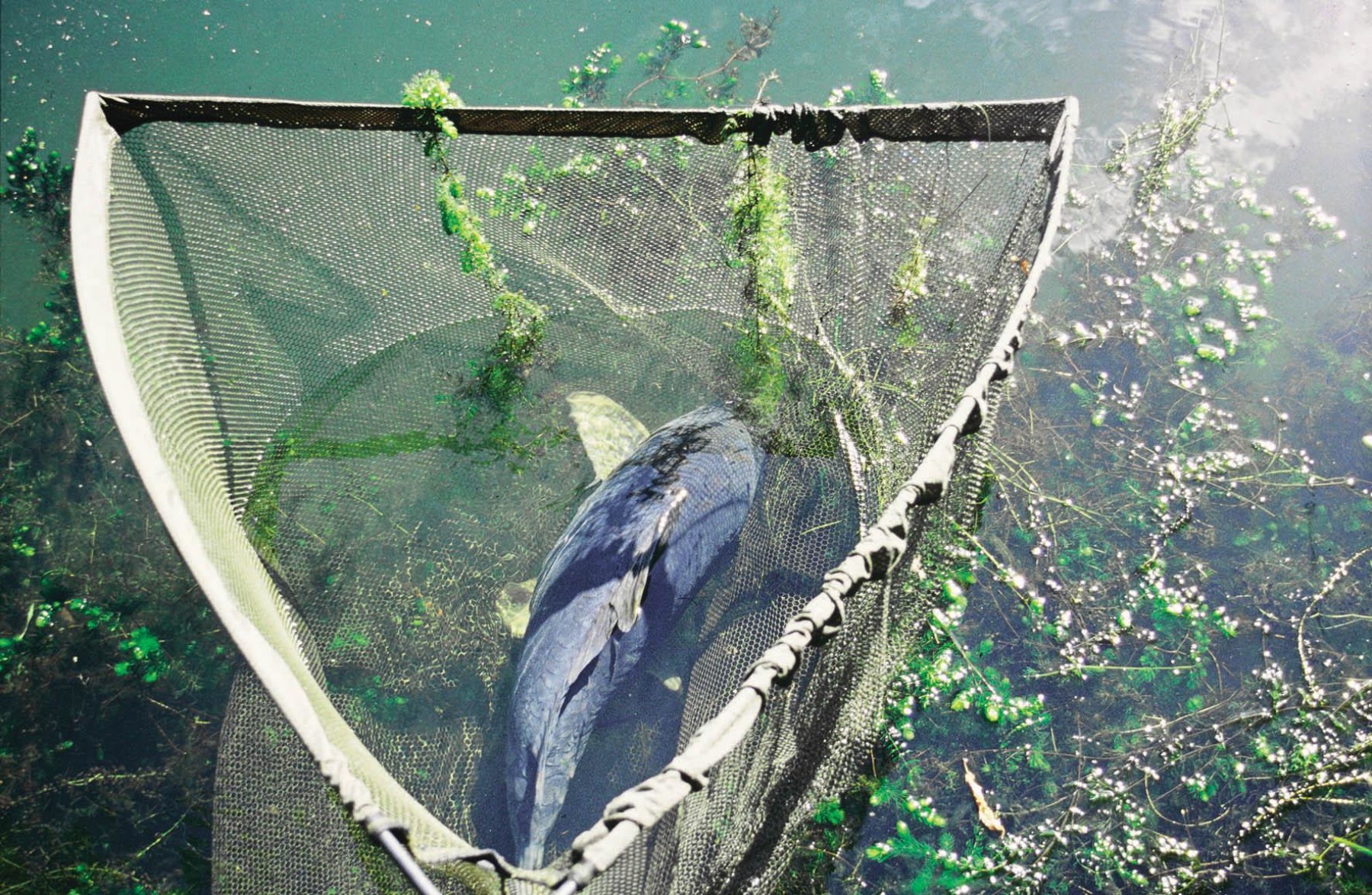
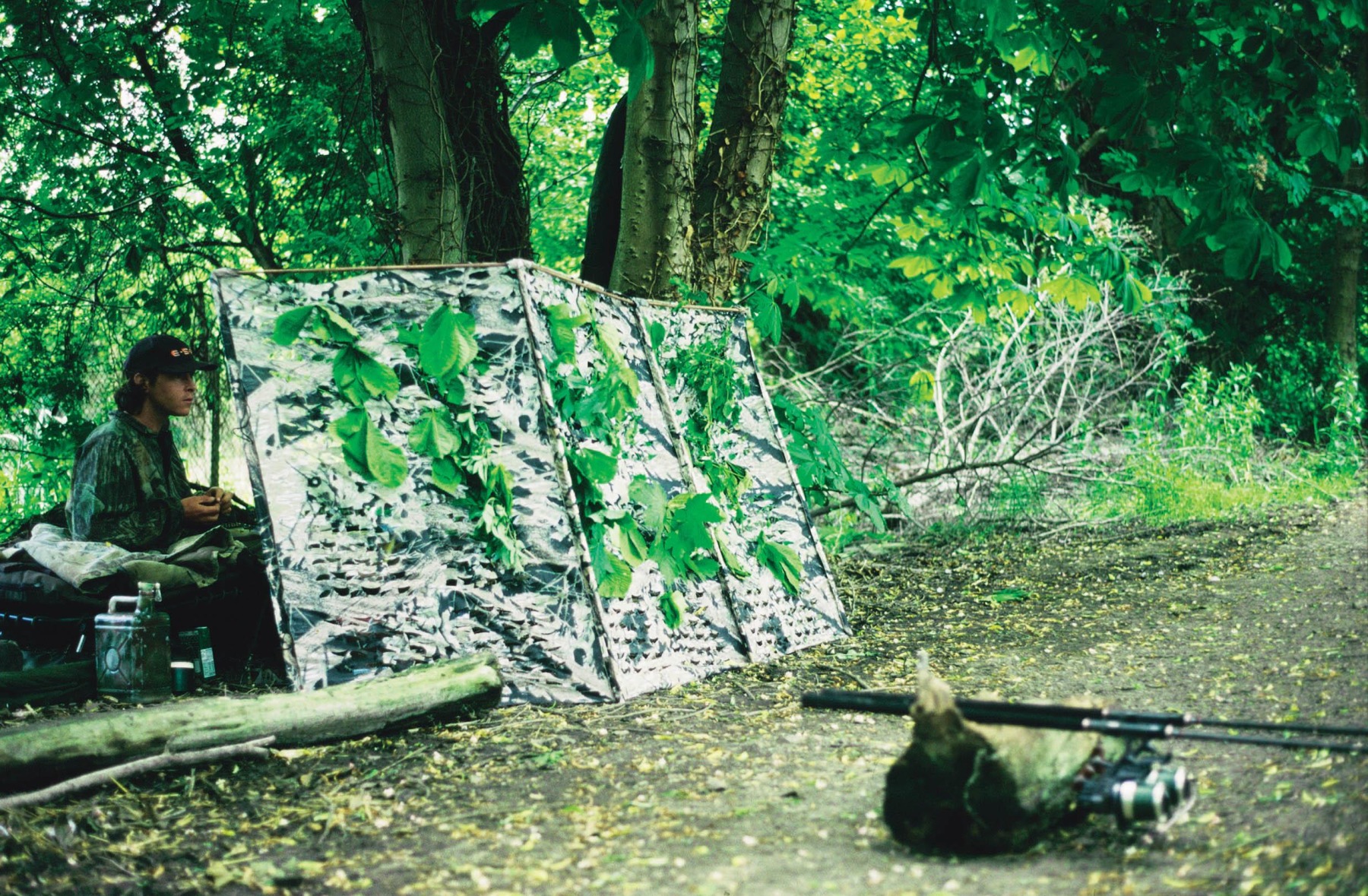
On a lake of say 20-acres, how much time would you spend looking and feeling with the marker float then, obviously if it appeared that there were no fish in the swim?
“On a day like today, when it’s cold, bleak and I don’t fancy my chances of catching fish much, this would be an ideal day. I would walk around the lake and have a bit of a plumb about. It is nice to go into a swim you know the carp use and find out the features so when you turn up in better angling conditions and the carp are present you could go straight in there and know where to put the hookbaits. I really don’t plumb as much as most people do. I’ve been lucky on a lot of occasions to catch the big fella way before I’ve known the features of the lake; I’ve just learnt a small part of it.
“People place too much importance on knowing the whole layout of the lake, but the most important thing is to learn the fish, know what the fish are doing and let the fish tell you the spot. You don’t need to know the whole layout or the make-up of a lake’s bottom; really you can just let the fish tell you the spots because there’ll be an awful lot that they aren’t using. However nice it feels with a float, to the carp they might not like it.”
Do you think one of the best things you can learn to do is feel the lead down because then that way you haven’t got to mess around with a marker?
“Learning to feel the lead down is so, so important, not just for knowing if you’ve landed on a nice spot, but it almost lays the rig out. If you let it land in a heap that is bad presentation, especially with the leaders that a lot of people are using, tubing leadcore, anything and it does wrap up. If you sink it on a tight line it’s so much better. I actually slightly overcast, then sweep it back a little way and then let it fall down. You just know you’re not tangled and you can feel what bottom you’re landing on. I couldn’t leave a cast that I didn’t feel it hit the bottom.”
How close do you like to get to a feature?
“When I’m fishing up to a feature then I like to be as close as I can. If it’s a snag or something, then that is tricky, but the most important thing is to put your bait where the fish are putting their mouths down. As long as it’s a spot where they’re feeding then that’s the place to put it, even if it’s a rod length off the snags.
“That is the most important thing of all: watch the fish. If you spend time watching the fish, just walking around for a couple of hours you learn so much. You see exactly where they put their heads down, exactly where they eat and on my current water, 90% of the swims are just dead and you’re not going to get a bite, but you can’t learn that unless you’re up a tree watching where the fish visit. Its not until you spend a lot of time watching fish that you realise how fine the line is.”
On lakes such as Sonning, how do you cope with the lean times, all those hours of boredom?
“Sonning was a mad one. A lot of the time when you were over there, you were always busy. It wasn’t the sort of lake where you only caught a couple of carp a year; the first year I fished it I had a bit of struggle and I ended up with six, but I didn’t start fishing it until July and finished up in the autumn. I did the same the following year and ended up with 21 fish.
“So you’re getting bites, and as well as the carp you’re catching other species, mainly bream, sometimes you’ll have half-a-dozen bream a night, so you were always busy and there really wasn’t ever the chance to get bored over there. It was a low stock lake for its size, but as long as you were on them they were friendly fish. I could think of other places where I’ve been bored – a lot more bored really!
“It’s never a problem in summer. From spring right through until autumn there is always stuff to do: walking around the lake, watching, floater fishing, but wintertime I do start noticing it. I would like to fish for other species in the winter and it’s soon getting to the stage where I will: big chub, perch, etc. you are just so much more active. We’ve got no close season with carp anymore – we can fish 12 months of the year, and some of this ‘big carp’ fishing can be pretty intense, so it would be nice to have a break from time to time.”
Read Part 2 of this Q&A with Terry here!



